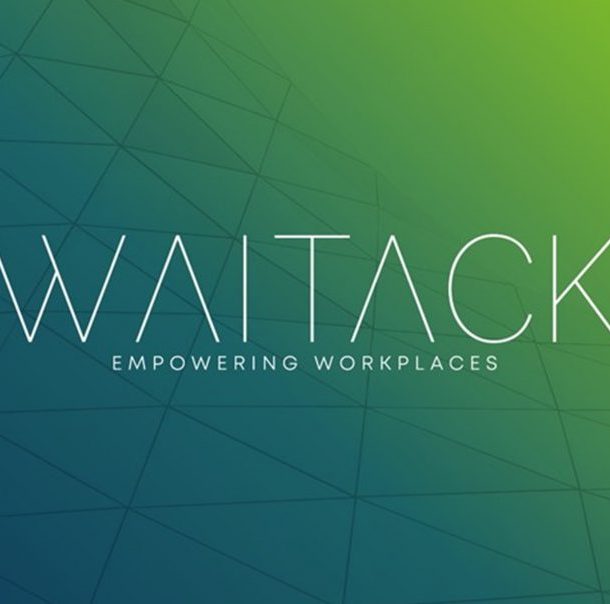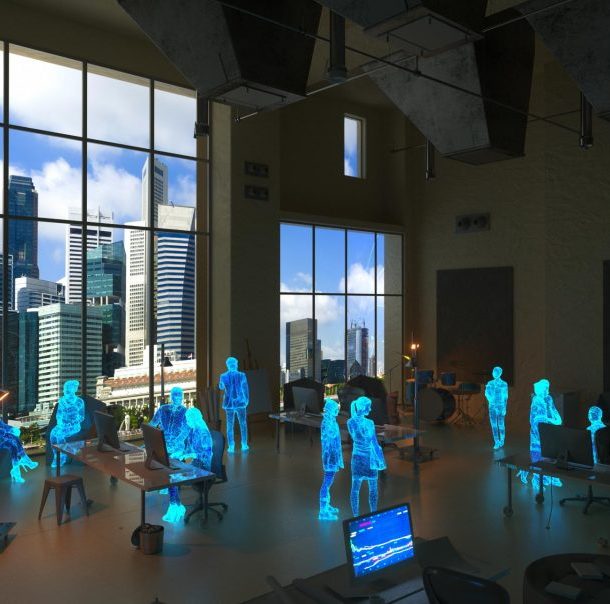
The generation gap in the workplace refers to the values, working styles, communication preferences, and expectations among employees belonging to different age groups. These differences often become apparent between the four main generations. Baby Boomers, Generation X, Millennials, and Generation Z.

Baby Boomers (1946-1964)
Commonly, the Baby Boomers generation is considered to have more experience in the workplace by age. They tend to value hierarchical structure, embrace long working hours, and generally tend to work in the same workplace until retirement. Baby Boomers is a group that learns technology later.

Generation X (1965-1980)
Generation X stands out as the group that experienced the beginning of the transition to technology. They could place more flexible working hours and more emphasis on work-life balance. They embrace teamwork and prioritize their personal development. They emphasize hierarchy less than the Baby Boomers generation.
Millennials (1981-1996)
Millennials, who grew up with technology in a period in which it accelerated, quickly adapt to technology and are open to adopting new technologies in the workplace. Flexible working conditions and diversity issues are necessary for this generation. In addition, they seek various experiences in their careers.
Generation Z (1997-2012)
Gen Z, who has just joined the workforce, is quite familiar and skilled with technology as they grew up right in the digital world. Flexible working models and fast forms of communication (messaging, social media) are significant for them. They can directly aim at short-term goals.
These differences between generations can sometimes lead to conflicts, disagreements, and communication difficulties in the workplace. However, these differences also have benefits. Different perspectives, diverse talents, and experiences add richness to workplaces. In offices, understanding and managing these differences and including designs that will bring together the strengths of employees creates an efficient work environment.
 These differences between generations can sometimes lead to conflicts, disagreements, and communication difficulties in the workplace. However, these differences also have benefits. Different perspectives, diverse talents, and experiences add richness to workplaces. In offices, understanding and managing these differences and including designs that will bring together the strengths of employees creates an efficient work environment.
These differences between generations can sometimes lead to conflicts, disagreements, and communication difficulties in the workplace. However, these differences also have benefits. Different perspectives, diverse talents, and experiences add richness to workplaces. In offices, understanding and managing these differences and including designs that will bring together the strengths of employees creates an efficient work environment.
How to Design an Office According to Generation?
Office designs should take into account the needs and preferences of employees of different generations. As mentioned above, there can be significant differences between different generations, such as work habits, communication styles, technology use, and values. Therefore, it is significant to organize the office design and business environment to cover multiple generations.
Here are a few suggestions for office design according to generations.
Flexible Workspaces
Younger generations (Millennials and Gen Z) prefer flexible workspaces. It is necessary for these groups to create flexible workspaces such as open office layouts, creative spaces, and comfortable seating arrangements. It can also be helpful to offer the option of working from home or remotely.
Technology Integration
Technology-dominated generations (X, Y, Z) need technology to do their jobs more efficiently. It may be necessary to provide technology-oriented services such as strong Wi-Fi, charging stations, and modern technological tools in the office.

Diversity and Inclusion
An environment where people of different generations work together encourages diversity and enables the benefit of different perspectives. It is necessary to create common areas that allow social interaction among employees.

Personalization
Different generations may also value personalizing their workspace. Allowing employees to customize their own desk, wall or space can increase motivation.

Mentorship and Learning Spaces
Especially the younger generations are generally open to continuous learning. Training rooms, seminar areas or online training resources can be designed for these needs. Older generations, on the other hand, value the sharing of experience and knowledge. It can be beneficial to create mentoring programs and offer the opportunity to share these different experiences with one another.
The point to consider in office design is to value the needs and contributions of each generation. A design that combines flexibility, diversity, technology, and personal preferences can appeal to different generations and provide an efficient working environment.


